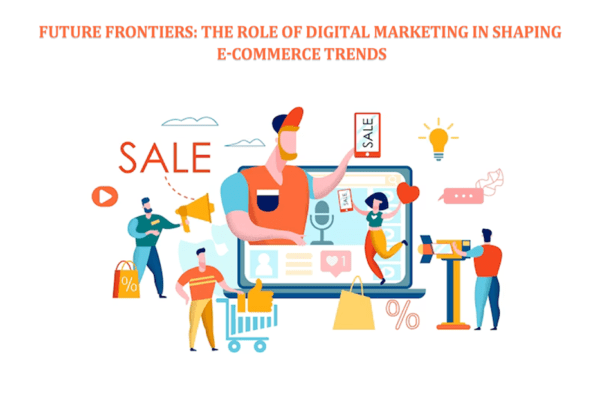Mastering the elements of branding to create a brand strategy that reflects your company’s values and connects it with your customers at a deeper level will not only improve your positioning but will have a direct impact on your profits.
Learn about the 10 elements of Branding that create iconic brands
The question that follows is: how to build a brand identity?
This construction combines tangible and intangible elements such as:
Visual identity: logo, colors, typography, images, slogan, etc.
Differential characteristics of the product: packaging, quality, design, etc.
Intangible aspects of the brand experience: brand equity, personality, reputation, purpose, customer experience, etc.
Next, we will review the 10 branding elements that will serve as the basis for designing a memorable and consistent brand strategy.
1. Purpose
Modern consumers, especially Millennials and Generation Z, are not satisfied that the reason for a company’s existence is exclusively profit. In practice, they hope to be able to connect through common values and causes.
This is reflected in that 77% of consumers buy from brands that share the same values as them.
For example, Coca-Cola’s statement is to “refresh the world” by encouraging moments of happiness. Or, in another corner of the market, Microsoft’s goal is to increase productivity and collaboration between teams.
Establishing a purpose for your brand is about being able to create a way to speak with your consumers on a closer level and not exclusively from the intention of the sale.
2. Brand Name
The name is the branding element par excellence. It refers to the word or set of words that are used to identify a company, product, service, or concept.
Did you know that 77% of consumers make purchases based on a brand?
For example, Apple positioned itself as the world’s most valuable brand in 2020 according to Forbes, despite the fact that there are many companies in the market that sell excellent smartphones at more affordable prices.
Iconic brands convey their value to their customers. Hence the importance of naming. You must create a name that is noticeable, unique, and, above all, that conveys the essence of the brand.
3. Logo or logotype
The logo is a symbol of the visual identification of a brand.
A good logo provides a very high capacity for remembrance within the consumer’s mind.
Just mention the Nike Swoosh, Apple’s bitten apple or McDonald’s golden M. They are so memorable that they do not even need to be accompanied by the brand name to be recognized.
These are classic examples that demonstrate the relevance of this visual representation.
4. Colors
Brand colors also affect how people perceive a brand and as with all elements of branding, you must choose wisely, as the use of a characteristic color can increase brand recognition by 80%.
For example, when you see a person on a bicycle with a bright orange coat, and hat. The choice of this color was not fortuitous, since orange represents speed and is a color that calls for sale.
We recommend that you review the psychology of color to understand how each color is associated with an emotion. Thus, you can attribute to your brand a particular meaning for your products or services.
5. Communication tone
It is about the way a brand transmits its essence, values , and attributes through visual or written communication.
The tone of communication is reflected in all the pieces of content and in all the channels of the brand:
Social networks: publications, videos, responses to comments, interactions with users, etc.
Website and blog: posts and articles, product descriptions, user interface, UX, etc.
Email: Email Marketing campaigns, newsletters, etc.
Traditional media: advertising spots, radio spots, press announcements, etc.
Maintaining a consistent communication tone is crucial to sending a consistent message and genuinely connecting with consumers. That’s because 86% of consumers say that authenticity is a key factor when deciding which brands they like and support.
6. Personality
Personality is one of the most powerful branding elements out there, as consumers like a brand for the same reason they like people: to share common values.
All of this can be summed up in one concept: brand persona.
It is about representing the values and perceptions that you want to associate with your brand and that are closely related to the values and perceptions that inspire your customers.
7. Slogan
A slogan is a phrase that summarizes the value proposition or the fundamental purpose of a brand.
Their role, beyond remembrance and positioning, is to inspire consumers and show them what a brand stands for and what its products can help them achieve.
Great slogans are honest, catchy, straightforward, and long-lasting.
8. Product features
The shape, the smell, the taste, the texture, and all the characteristics that can only be made with a certain product are elements of the Branding that brands use to create a satisfactory experience.
It is a fact that branding is sensory. In reality, customer loyalty increases by 43% with the activation of 2 or 3 senses and increases up to 58% when 4 or 5 senses are activated.
Think of the classic KFC Chicken Popcorn that many try to emulate, the original and secret taste of a Coke. These are examples of branding applied to the product.
9. Audio Branding
As we saw, other elements of branding matter as much as visual identity. For example, did you know that we remember 83% more of what we hear than what we see?
In this sense, Audio Branding, or Sound Branding, consists of creating the sound identity of a brand through sounds, melodies, and voices.
There are various Audio Branding actions:
Sound logos (like the Netflix “ta-dum ” that plays before streaming starts).
Sound claim (like the renowned “EA Sports, it’s in the game ” ).
This is one of the elements of branding that works the most with the subconscious and can considerably strengthen your brand-building efforts.
10. Brand experience
The brand experience encompasses all aspects of a customer’s experience with a brand; from the zero moments of truth to the after-sales service.
It includes all your perceptions and experiences such as visual identity, shopping experience, customer service, product quality, and the personality that a brand conveys to the consumer.
Being one of the most important elements of branding in both B2B and B2C businesses, creating a brand experience can influence whether consumers will buy the product, how much they are willing to pay, and their level of loyalty.
Conclusion
Consumers are not always rational. Many of the purchase decisions are born as a result of the emotion and the value that a brand manages to transmit.
For all this, it is important to create a unique, disruptive, transparent, and memorable brand identity.









